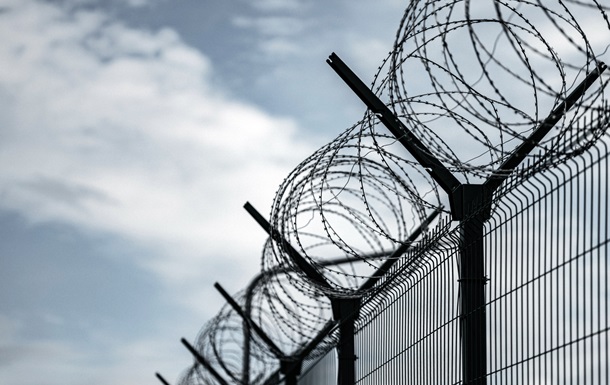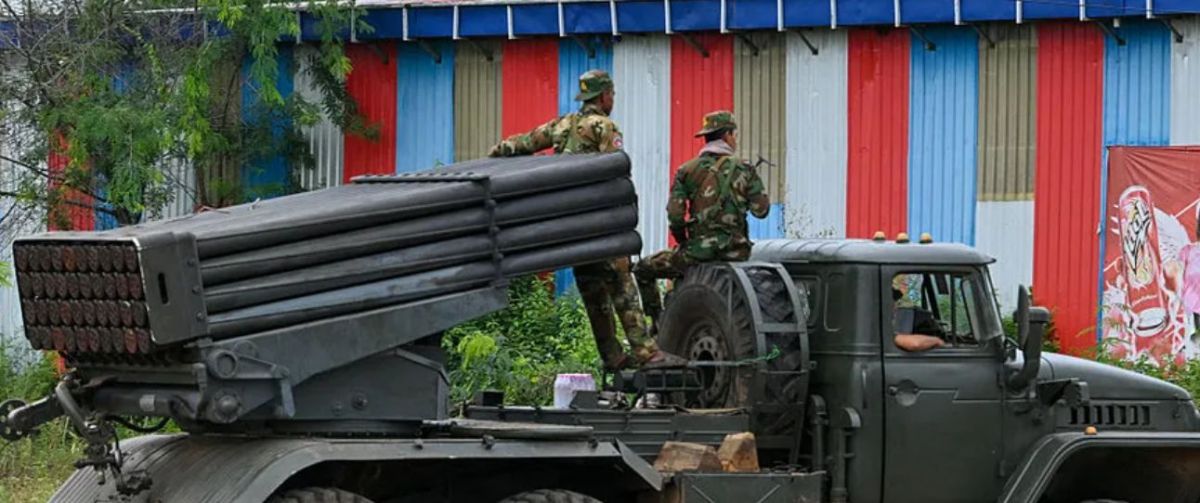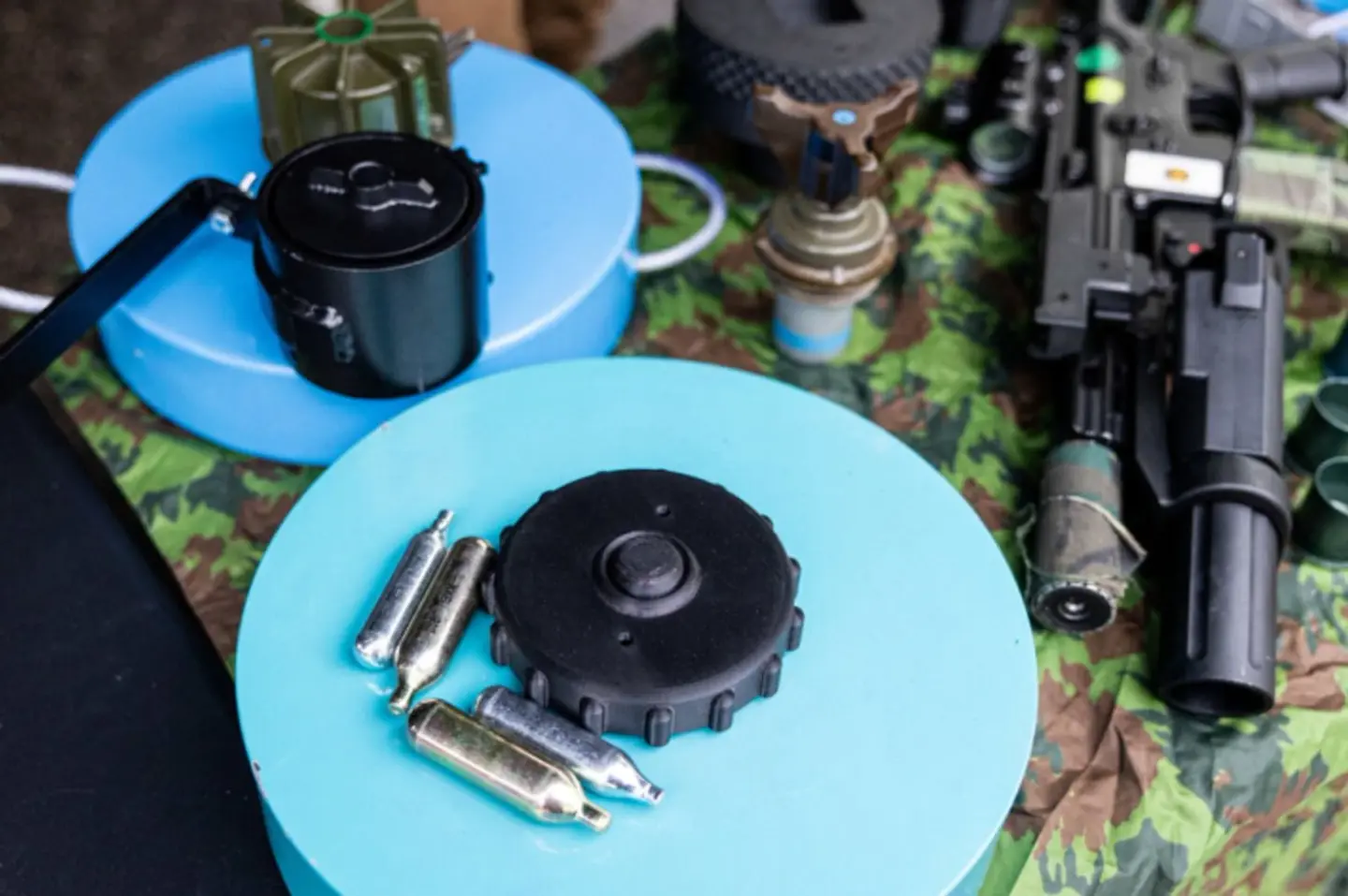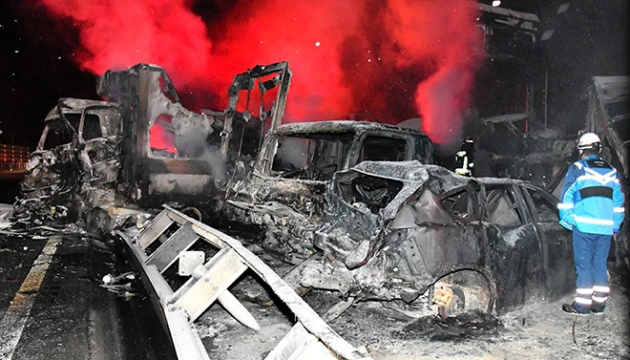Сегодня купить рельсы в Киеве или любом другом городе Украины не составляет особого труда. Основной задачей покупателя и подрядчика становится правильная укладка рельсовых путей в соответствии с существующими рекомендациями.
Важно понимать, что данный процесс выполняется исключительно по принятой технологии. Это необходимо для обеспечения безопасности движения любого типа железнодорожного состава.
Существующие пути можно условно разделить на колеи временного типа и постоянное железнодорожное полотно. Укладка рельсовых путей для временного полотна востребована, например, на горнодобывающих предприятиях или на шахтах для подвоза оборудования или вывоза отработанной породы.
Постоянное ж/д полотно устанавливается на тех участках пути, где планируется регулярное перемещение грузовых и пассажирских составов.
Особенности укладки
Предварительно укладка жд пути подразумевает проведение специальных подготовительных работ, определенных регламентом и правилами техники безопасности. Прежде всего, это касается подготовки непосредственного участка, по которому в будущем будет проложены пути.
Необходимо максимально выровнять грунт и засыпать его специальным гравийным слоем для балласта. Балластный слой необходим для того, чтобы обеспечить равномерность давления рельс на шпалы и далее на участок грунта от идущих по колее железнодорожных составов.
Важно учитывать климатические условия, тип грунта, интенсивность будущего движения, максимальный вес состава для того, чтобы правильно подобрать толщину балластного слоя. Обычно этот параметр находится в пределах от 0,9 до 2 м.
Далее для укладки жд пути выполняют следующие этапы:
- Укладка деревянных или бетонных шпал на балластный слой со строго определенным расстоянием между ними;
- укладка рельс, фиксация которых со шпалами осуществляется подходящим типом железнодорожного крепежа;
- после укладки рельс необходимо засыпать свободное пространство между шпалами щебнем или гравием для дополнительной фиксации колеи и предупреждения ее возможного «съезжания» с балластного слоя.
Укладка пути заканчивается проверкой его геометричности – для этого используется специальное оборудование и инструмент. При необходимости на месте выполняются определенные корректировки.
Особенности колеи на поворотах
В зависимости от скорости прохождения составом поворотов, внешний рельс устанавливается несколько выше внутреннего, причем разница может составлять до 50 мм. Это необходимо для:
- противодействия центробежной силе,
- обеспечения устойчивости состава при прохождении поворота,
- снижения износа реборд колес состава о внешний рельс.
Для поворотов используются исключительно новые рельсы. Для временных участков колеи вполне подойдут и рельсы б/у.


 4265
4265












